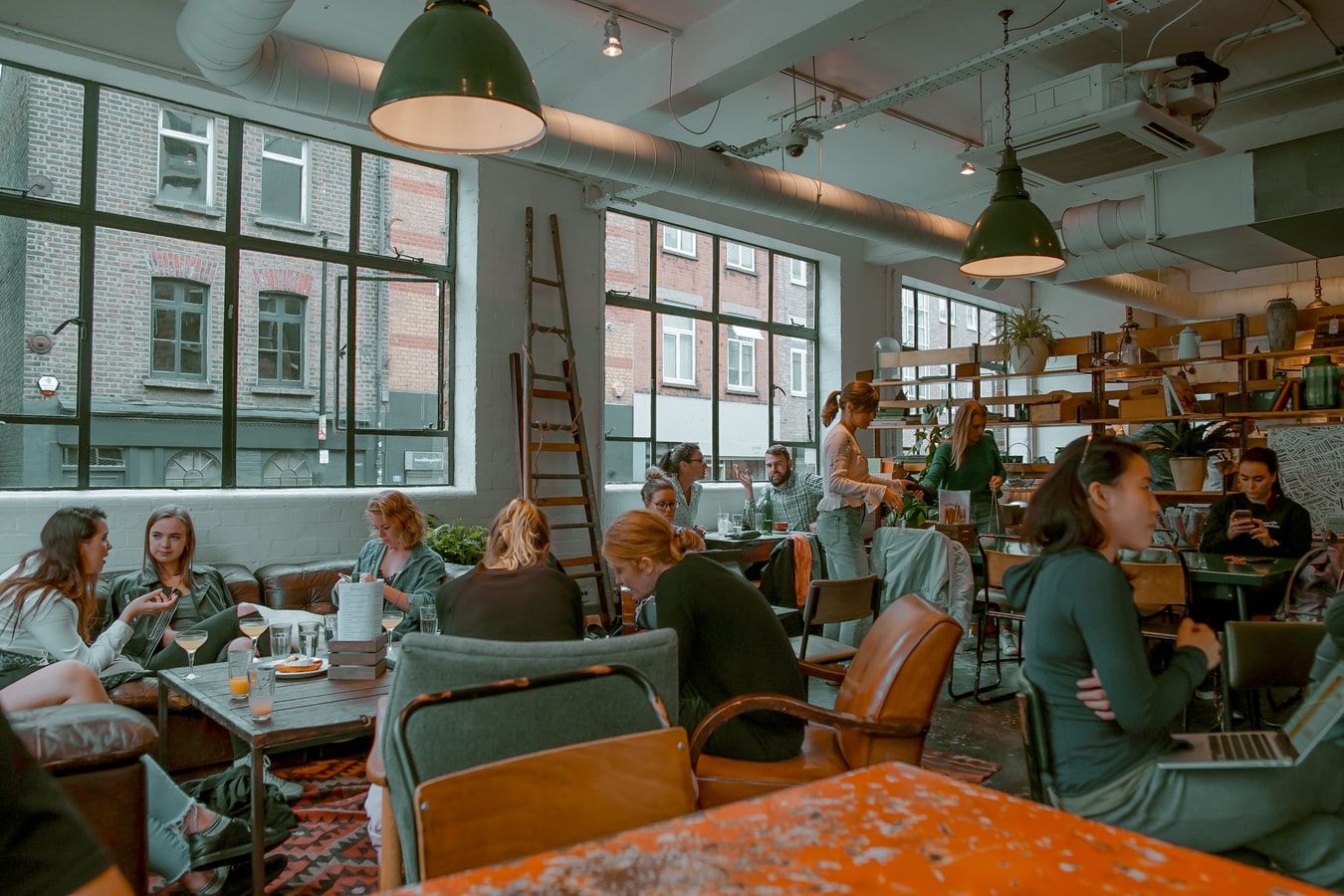By Isabel Fróes
◦ 4 min read ◦
In recent years, through experience and discussions in various projects and workshops dealing with urban development, this key question keeps returning:
How to best promote citizen engagement?
While citizen engagement is a large topic within urban development, so are entrepreneurship and grassroots movements. How do we perceive these various terms? In which ways do these forms of organization converge, where do they diverge? More importantly, could we change the civic engagement rates if this work would be perceived as steps towards further opportunity (gaining) instead of ‘volunteer work’ (giving)?
A known challenge within citizen engagement deals with age groups. It is not difficult to engage young children (up to 12 years old) and older citizens to take part in local actions, however it becomes a struggle to engage youth and young adults as they see little return in value as results tend to be intangible or unclear. Within this group, perception plays a big role in how ideas are sold (and consumed), so it might be time to possibly bring the concepts of civic engagement and entrepreneurship closer together. But where do we start?
A first point to consider is how these key concepts might be popularly understood. When mentioning citizen engagement, images of volunteers coming together to discuss, collaborate, work and vote on ideas come to mind. When talking about entrepreneurship, notions of highly driven visionaries or million dollar companies emerge.
Citizen engagement and entrepreneurship are rarely seen as equals. However, in both cases you find similarities. It is not uncommon for both groups to engage in a large amount of unpaid labour, long days, hard work and convincing people to join you and (most probably) gathering funds to execute whatever dream you may have.
Literature covering the concepts of social entrepreneurship or community-based entrepreneurship highlights distinct formats of social entrepreneurship, both of which are top-down. In the case of grassroots entrepreneurship initiatives, articles highlight movements that emerge from “acute socio-economic, institutional, and financial resource constraints, as well as out of local knowledge and a commitment to community”, such as the one seen recently during the Covid-19 pandemic (see blogpost). It is not necessarily about creating something new, but instead, something that works for the case in focus.
In these settings, co-creation has received a deserved attention as a method, and it has proven to be a valuable tool as it allows for diverse stakeholders to come together to develop and carry out ideas, creating shared agency. However, before that first co-creation session lies the true challenge in both user engagement and entrepreneurship: Creating momentum before the momentum, to make one person (or a few) motivated ‘out of thin air’.
Therefore, a second point to consider is the top-down setup of projects, inviting citizens to engage with a specific topic or local pre-defined issue. Although project results might impact locals’ everyday, the personal gain might be too dissolved into the hours spent, thus people refraining from engaging.
In order to challenge the current top-down scenario, the perception and format of these activities could be transformed to facilitating processes to let locals themselves suggest and carry the types of projects that interest them, seeing a clearer link to ‘what’s in it for me’. For unpaid efforts, the pay-off has to be visible and tangible.
Furthermore, associations, municipalities and other public institutions need to create means to replicate successful bottom-up initiatives. Some of these initiatives could then be linked to local businesses and related opportunities.
From a service design perspective, a way to bring this information into people’s households could be to use the existing information channels popular amongst the local community to allow for an initial knowledge entry point. For instance, as citizens receive a public waste sorting information sheet, one could attach a ‘waste project opportunity’ sheet. This initial touchpoint could be a it’s your turn blueprint, a step-by-step guide showing what to do to bring your ideas out into the world. So, a project idea invitation presented as an opportunity at your fingertips. The ‘hot themes’ in the current market should be highlighted while also offering inspirational examples. Programmes to support these initiatives should be in place, facilitating the citizen engagement startup process as a possible social ladder. Such a setup could transform current structures, making cities and citizens, not venture capitalists, the true cradle for entrepreneurship.
This blog was inspired by a recent participation in a workshop focusing on urban development, discussing visions for green and social meeting places in urban residential areas. During the discussion, a number of key questions were raised concerning how to best promote citizen engagement. The workshop was organized by Copenhagen University and VIVAPLAN, with presentations from VIVAPLAN, Urbanplanen Partnerskab, C40, KAB and Copenhagen Municipality. The visions discussed during the workshop are to feed into policy recommendations for sustainable and inclusive developments in Denmark and Sweden.
References
V. Ratten and I. M. Welpe, “Special issue: Community-based, social and societal entrepreneurship,” Entrepreneurship and Regional Development.
M. Wierenga, “Uncovering the scaling of innovations developed by grassroots entrepreneurs in low-income settings,” Entrep. Reg. Dev.
S. Sarkar, “Grassroots entrepreneurs and social change at the bottom of the pyramid: the role of bricolage,” Entrep. Reg. Dev.
About the Author
Isabel Fróes is a postdoc at MSC Department at Copenhagen Business School working in three EU projects (Cities-4-People, iPRODUCE and BECOOP). Isabel also has wide industry experience and has worked both as a user researcher and service design consultant for various companies in Denmark and internationally. For more detail please see her Linkedin profile.
Photo by Toa Heftiba on Unsplash
